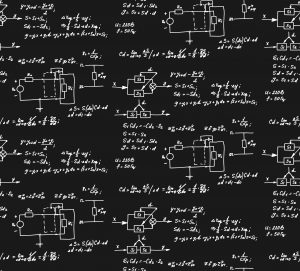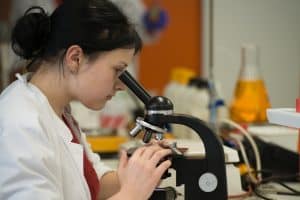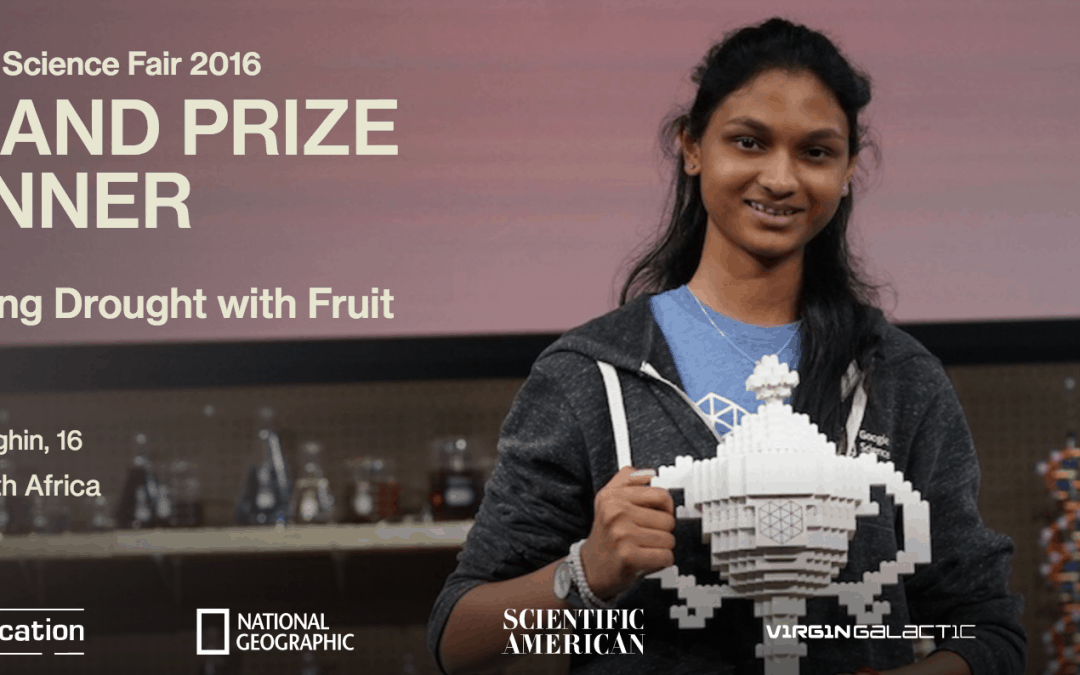 Kids, makerspaces, science, technology, engineering, art, and math all go well together. According to Remake Learning, makerspaces are popping up in schools, libraries, museums and unique spaces with much success. Young people seem to naturally thrive when given time and ready access to materials not usually at hand. Perhaps it goes without saying, but awesome things happen when curious minds meet creative opportunities. We found a few shining examples from recent national and global science competitions, such as Google Science Fairs.
Kids, makerspaces, science, technology, engineering, art, and math all go well together. According to Remake Learning, makerspaces are popping up in schools, libraries, museums and unique spaces with much success. Young people seem to naturally thrive when given time and ready access to materials not usually at hand. Perhaps it goes without saying, but awesome things happen when curious minds meet creative opportunities. We found a few shining examples from recent national and global science competitions, such as Google Science Fairs.
The 2016 GSF Grand Prize Winner, Kiara Nirghin, is only 16 years old and used her own kitchen as a makerspace to figure out how to keep crops alive during a drought. Nirghin lives in South Africa, where the rainfall in 2015 was just over half of the normal average. Conditions were dire, so she was motivated!
“The aspiring scientist had set out to create a super-absorbent polymer (SAP) that could be sprinkled over dirt to make it retain massive quantities of water, much like diapers do. But she wanted it to be cheaper and more eco-friendly than more traditional options, which contain chemicals like acrylic acid. So she turned to nature—specifically, avocados and oranges, whose peels, Nirghin discovered, can be turned into an SAP by applying a certain amount of UV light and heat.” -Alexandra Sifferlin
In 2015, Olivia Hallisey, 17, won the GSF Grand Prize for developing an Ebola test that takes 30 minutes and doesn’t require refrigeration. Utilizing her science lab as a makerspace, Hallisey was able to work with a team of mentors to earn her place at the top.
“All aspects of the engineering goal were achieved:
Ebola Human Anti-ZEBOV NP IgG ELISA reagents were found to be stable in silk-fibroin, when stored at room temperature, for up to 1 week. Sandwich ELISA detection of Ebola antigens was stable for up to 1 week of room temperature storage, including successful detection of 1U/ml positive result threshold. An Ebola Assay Card (EAC) was designed, where commercially-available Ebola ELISA reagents were embedded within silk fibroin thin films, on paper flow channels. Ebola detection is based on water-initiated, timed flow of these same reagents. With the newly designed EAC, 1U/ml Ebola antigen was visually detected as a yellow color change for prototypes that were stored at room temperature for up to 1 week. A “stable and stored at room temperature” EAC was successfully developed that can detect Ebola with similar sensitivities to the laboratory ELISA in only 30 minutes, at ~ $25 per assay (anticipated to meaningfully decrease when produced in volume).” -Olivia Hallisey
Hannah Herbst, 14, won the Discovery 3M Young Scientist Challenge in 2015 by “creating an energy probe prototype that seeks to  offer a stable power source to developing countries by using untapped energy from ocean currents.” Down the road, she hopes to be a university researcher and mechanical engineer, earning her recognition by Congress as an up and coming woman in STEAM.
offer a stable power source to developing countries by using untapped energy from ocean currents.” Down the road, she hopes to be a university researcher and mechanical engineer, earning her recognition by Congress as an up and coming woman in STEAM.
Last in this post, but not least, is eighteen year old George Matus, who runs Teal. The name might sound familiar if you are interested in drones (and probably even if you are not!). Matus has been flying drones since the age of 11 and started building them just a year later, before eventually developing a consumer version that can fly as fast as 70 miles per hour. This is remarkably faster than many of his competitors. The only thing faster? The rate at which venture capitalists invested in his product, which was $5.8 million at last count. Matus was also awarded $100,000 from Peter Thiel’s prestigious fellowship program.
Fortunately, these are just a few examples of what happens when kids have the opportunity to turn their worlds into makerspaces. They explore, create, invent, discover, and make a difference. There’s nothing that can stop them from saving lives, impacting the environment, contributing to the economy, and surpassing current technology.
And then some,
Your Friends @ OBP


Recent Comments